Section 4
Art in Society
By Boundless
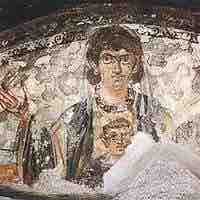
Christian, Buddhist, and Islamic artistic traditions have used elements of symbolism, narrative, ritual, iconoclasm, and authorship to express the tenets of their beliefs throughout history.
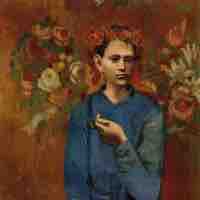
The key components of the art market are the gallery, curator, dealer, consultant, and collector.
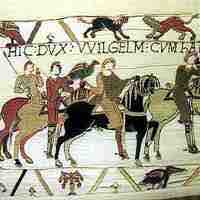
Art can be used to advance nationalistic goals by providing a state or nation with political and social legitimacy.
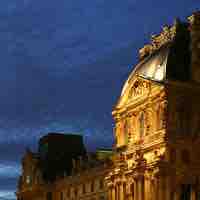
Museums and private collections are engaged in both the collection and display of works of art.
Preservation and restoration is a profession devoted to the conservation of cultural heritage, such as works of art, for future generations.
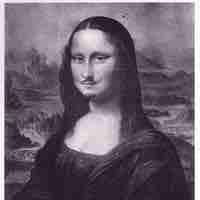
Destruction, mislabeling, appropriation, and repossession can contribute to conflicts surrounding the preservation of art.